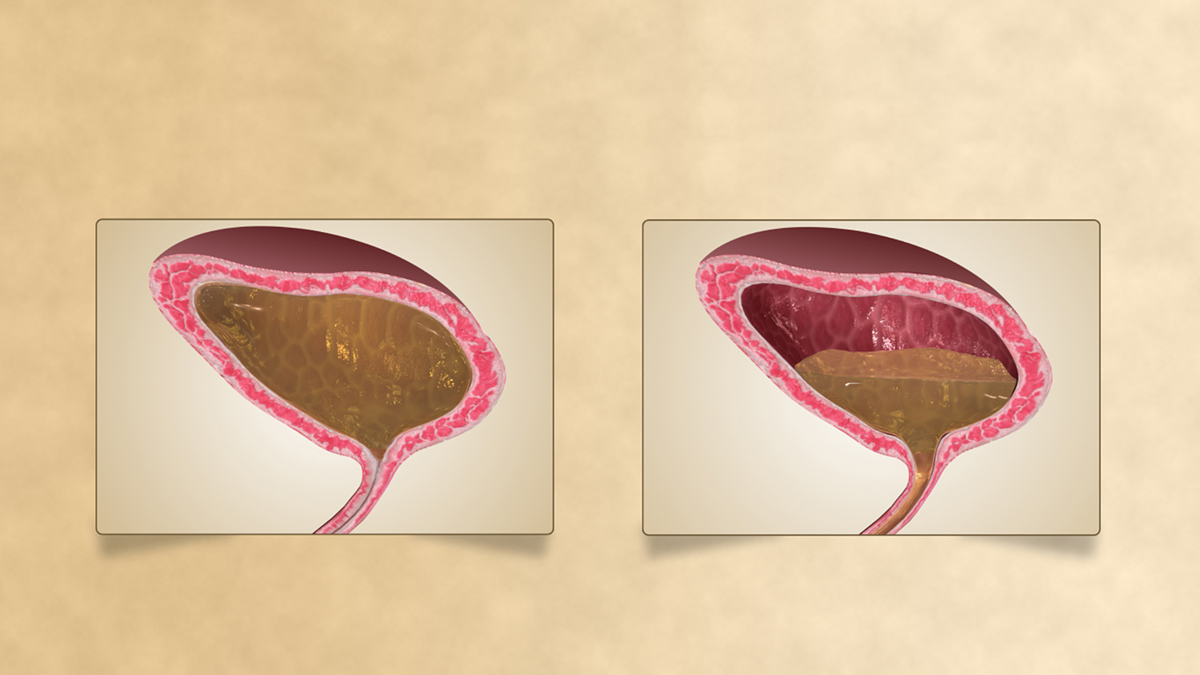
Many women are troubled by their sudden, recurrent urge to urinate, often taking place during the night, even though it might appear during daytime as well. Either way, bearing in mind that this urge cannot be maintained and requires immediate urination, urge incontinence is a serious health issue.
Even though you might control your urination in these situations by managing to go to the bathroom frequently, this condition affects your life nevertheless. Fortunately, there are steps that you can take in order to achieve treatment. However, in order to find adequate treatment for your urge incontinence problem, you need to have the underlying trigger of your condition properly diagnosed.
Definition of Urge Incontinence
Urge incontinence manifests through an abrupt, uncontrollable desire to urinate immediately. Women who experience this problem usually find themselves urinating a bit before they even reach the toilet.
Certain situations may lead to this phenomenon. Namely, fumbling with the key in order to open the apartment door, hearing water running through the faucet or getting exposed to cold environments, all are situations which might trigger urge incontinence.
If you notice that your sudden urge for urination is appearing frequently, you are advised to seek medical assistance. You can visit the USCF Women's Continence Center where you will be properly diagnosed after a series of exams. Once this is done, your health expert will recommend the best possible treatment for this condition.
Causes
The main cause behind urge incontinence are inappropriate contractions of the bladder. Alternatively, the signals sent by the nerves may be inadequate, leading to the improper bladder spasms.
Basically, the nerves which regulate urination may get damaged, or the muscles and the entire nervous system located in the spinal cord may be dysfunctional, leading to urge incontinence, manifesting through the abnormal urination bouts mentioned above.
Sometimes, more serious conditions such as the Parkinson's disease, Alzheimer's disease, strokes and surgery injuries may lead to this urination issue too.
Treatment
Depending on the severity of the symptoms of urge incontinence, the treatment itself may vary. Basically, the three most common ways of treating this condition are through medication, retraining and surgery.
As far as medications are concerned, if the incontinence is triggered by some kind of an infection in the bladder area, your health expert will prescribe antibiotics. Alternatively, there are medications which can relax the bladder muscles, preventing the involuntary contractions leading to sudden urination urge. These medications are oxybutynin, tolterodine, darifenacin, trospium and solifenacin. Basically, the prescribed medication is usually taken once a day.
The medications mentioned above may trigger some side-effects in the patient, including dry mouth and constipation. Some medications which are actually made for different purposes may be effective for treating urge incontinence. Namely, antidepressants like imipramine or doxepin, both can paralyze the bladder muscles, making involuntary contractions impossible. Unfortunately, as it is the case with many drugs of this type, the two may lead to blurred vision, dizziness, dry mouth, nausea and tiredness, along with insomnia.
Sometimes, a lifestyle change can make all the difference, when it comes to treating urge incontinence. A woman may only need to increase her water intake in order to prevent involuntary urination. The idea is that drinking smaller amounts of water during the day will prevent the bladder from getting excessively full. Thus, the water is recommended to be taken in doses smaller than 8 ounces, preferably not during meals or 2 hours prior to going to bed.
Also, avoiding caffeine, carbonated drinks or acidic and spicy food will decrease your occurrence of urge incontinence.
Retraining the bladder may help you regain control over it. Basically, you can do this by forcing your bladder to wait and urinate only during set periods of every day. At first, this might lead to urination. Nevertheless, staying persistent will give positive results in time.
Strengthening the muscles of your pelvic floor, a process also called performing Kegel exercises, can lead to a great improvement, when it comes to treating urge incontinence. If you are not capable of performing these without using other muscles in the body, you can try using vaginal cones during the exercise process. These cones are inserted into the vagina and held still, using the muscles of your pelvic floor. A single session requires holding the cone for 15 minutes, twice a day. In up to 6 weeks, 70% of women managed to improve their condition this way.
Finally, when all else fails, women usually opt for bladder surgery. However, this procedure may result in complications such as blood clots, bowel obstruction, pneumonia or other types of infections. Regardless, new surgical solutions are being developed, surpassing these issues and allowing better treatment of urge incontinence.
Botox bladder injections are also a possible treatment alternative, paralyzing the bladder muscle leading to involuntary contractions and, therefore, urination.
To sum up, urge incontinence in women can be quite a serious problem, interfering with one's lifestyle and life in general, triggering numerous issues. Thus, it needs to be treated timely. Fortunately, there are many possible ways of treatment, once the causes behind this bladder problem are properly diagnosed.
Thus, if you urge incontinence bothers you frequently, on a daily basis, seek medical assistance.


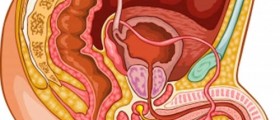
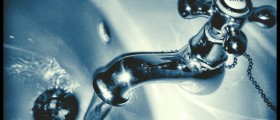

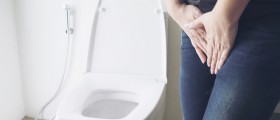










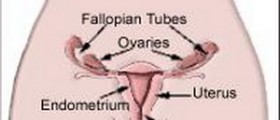
Your thoughts on this
Loading...